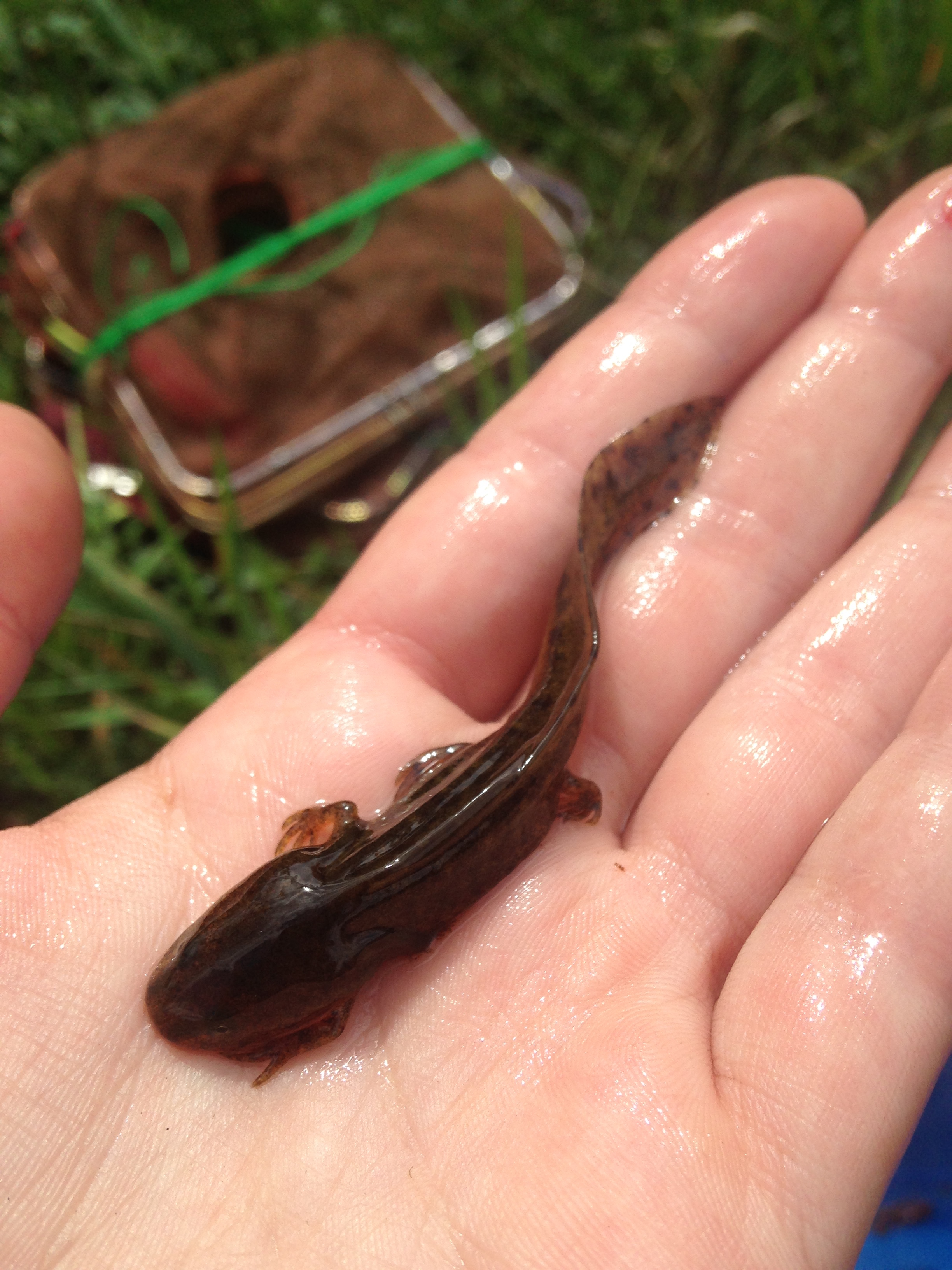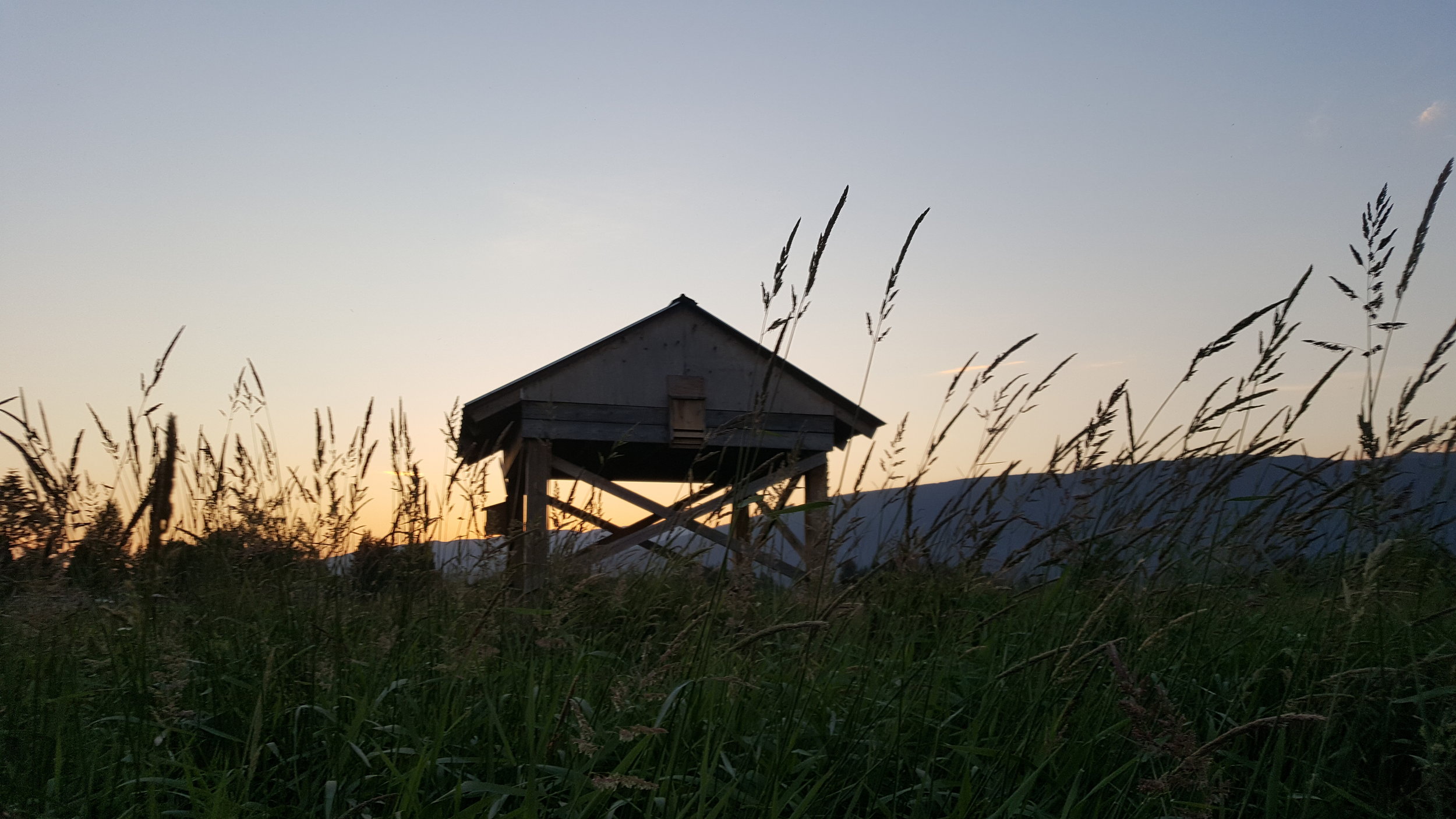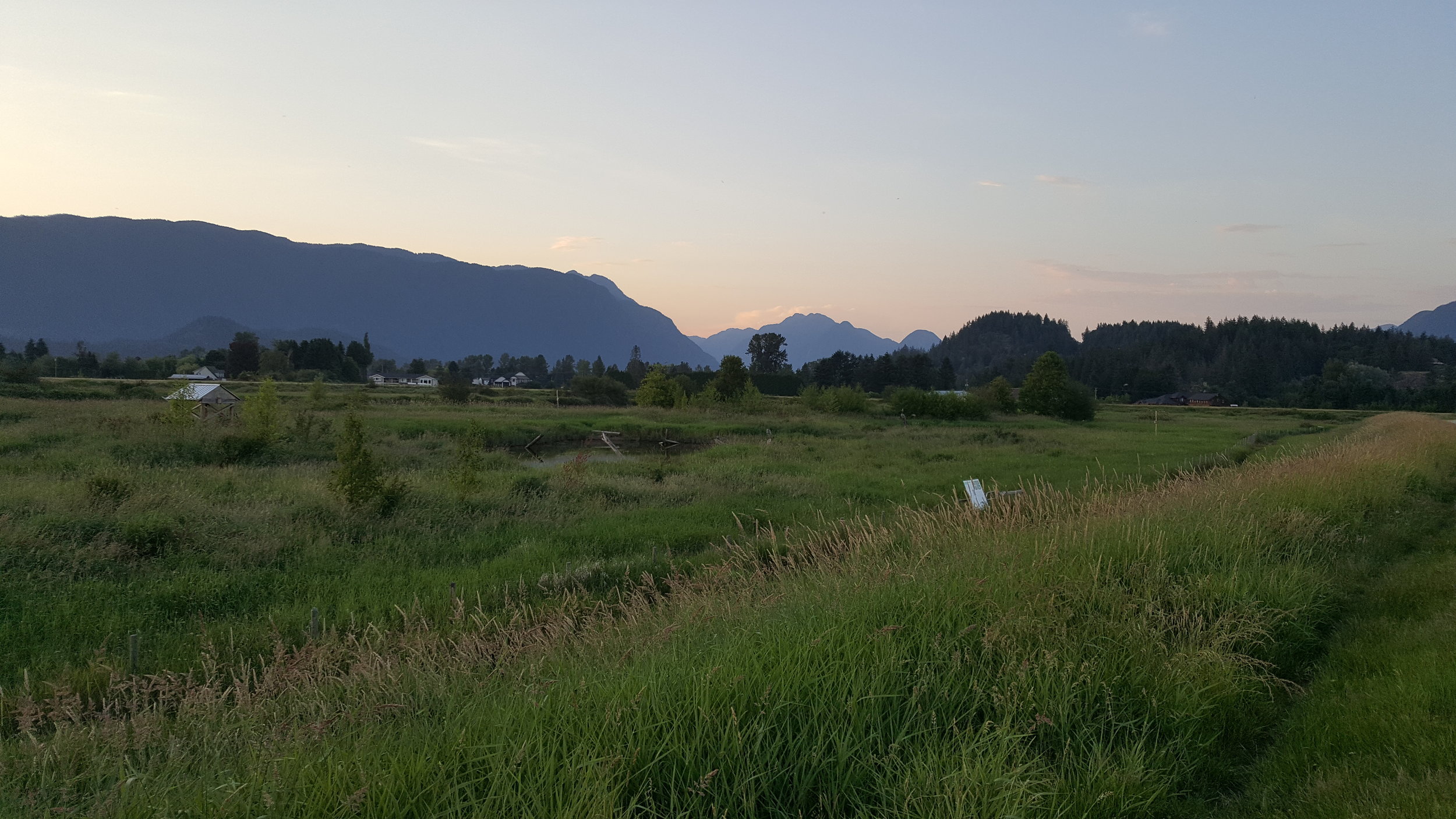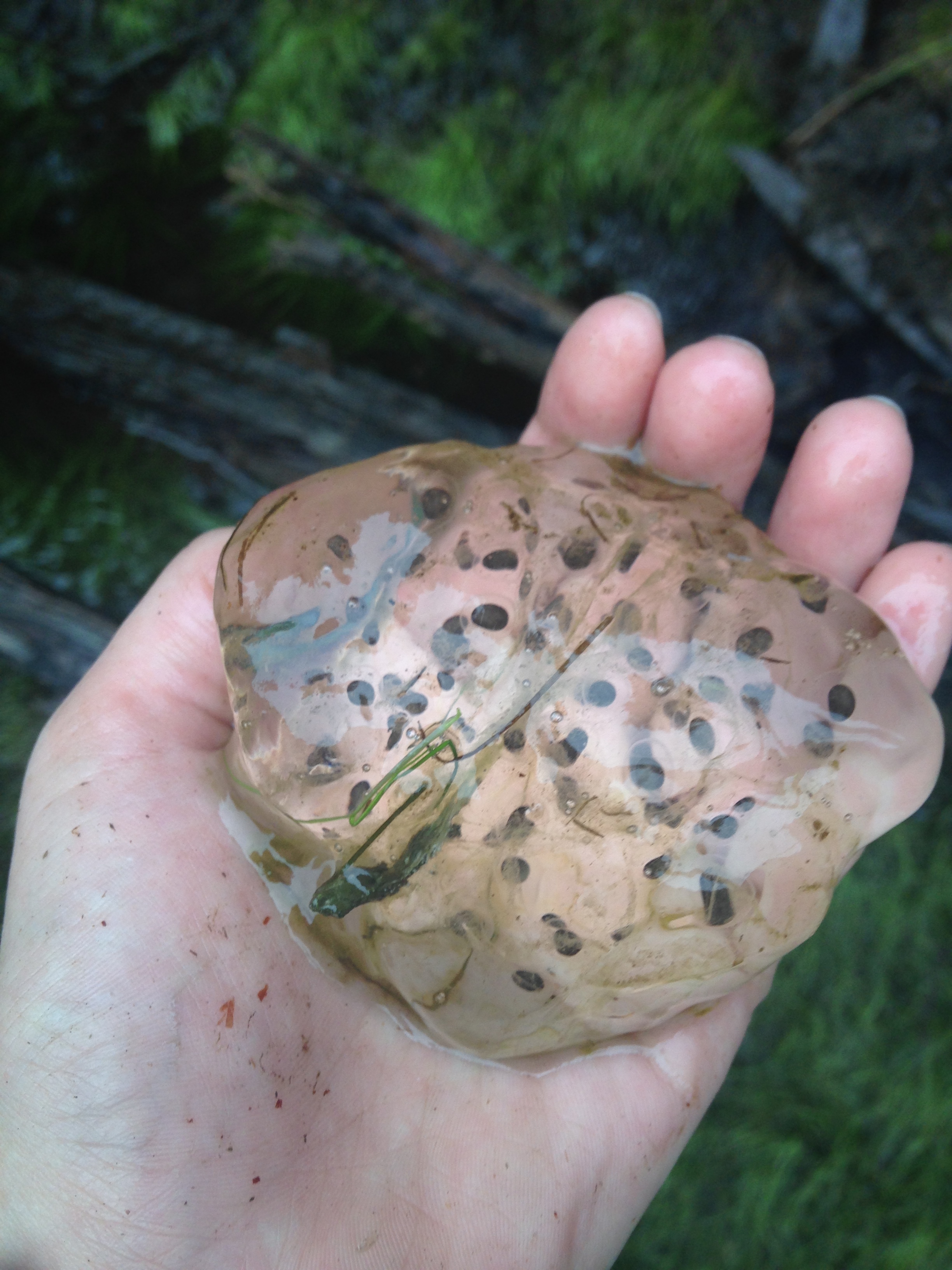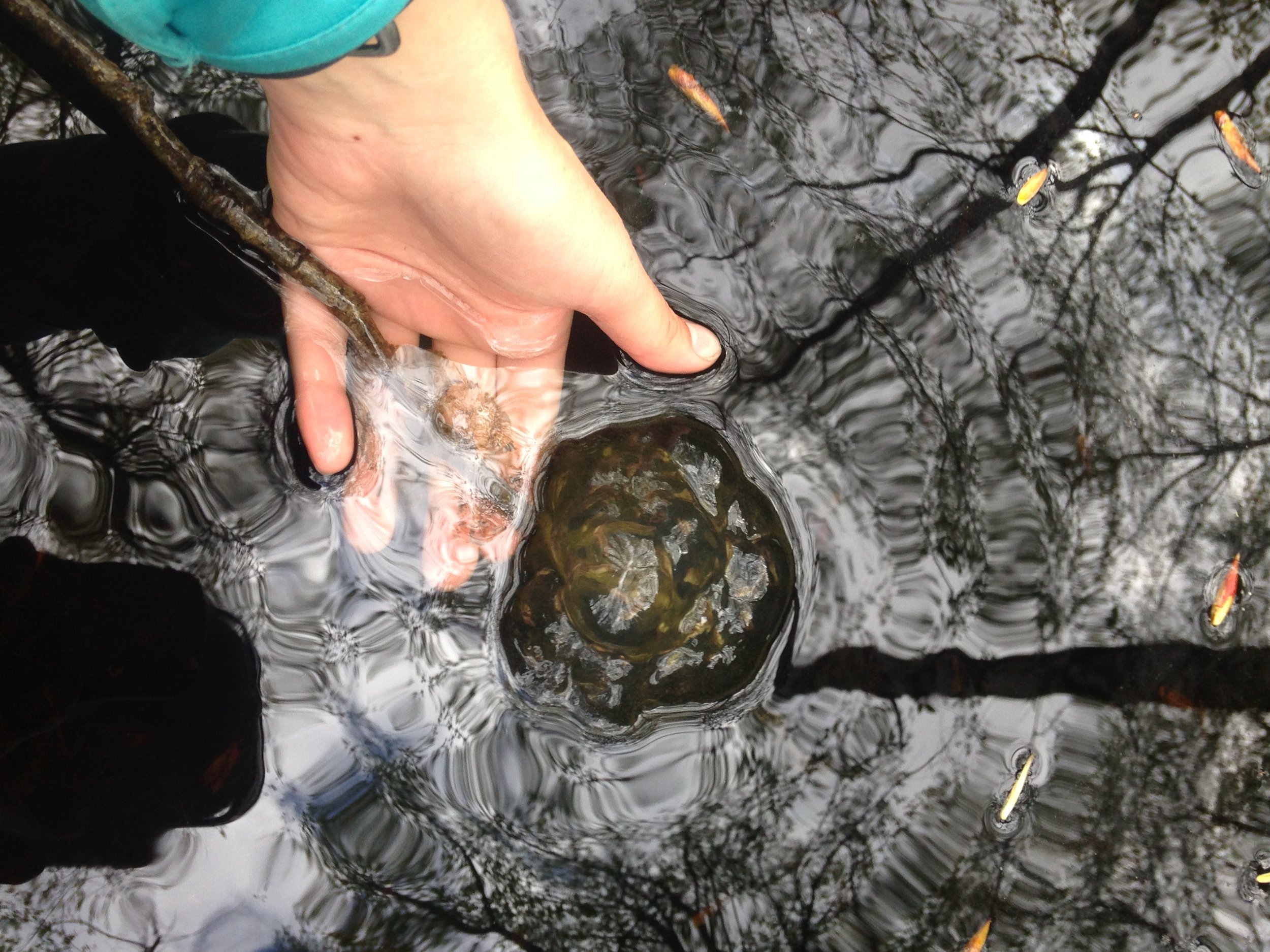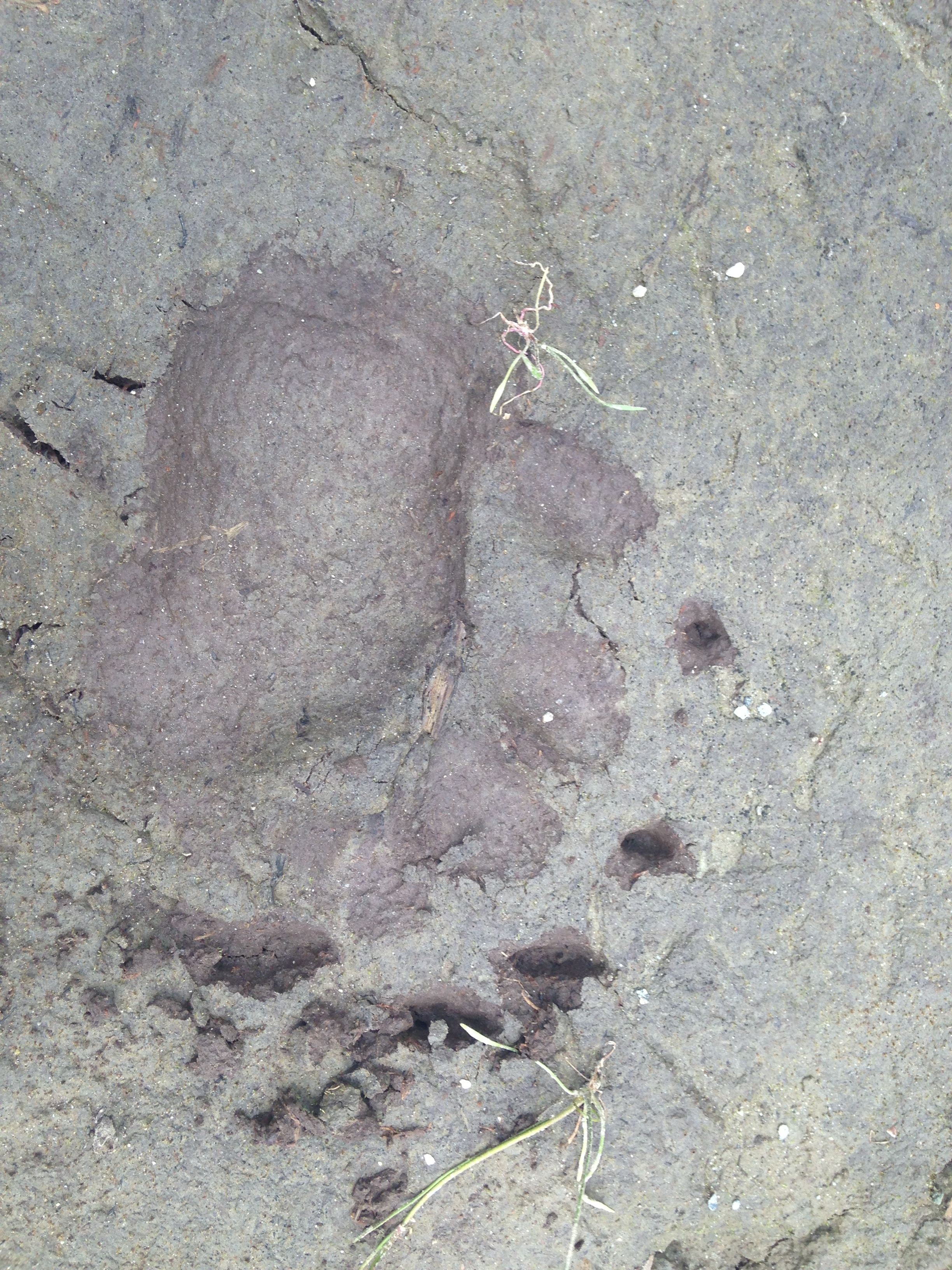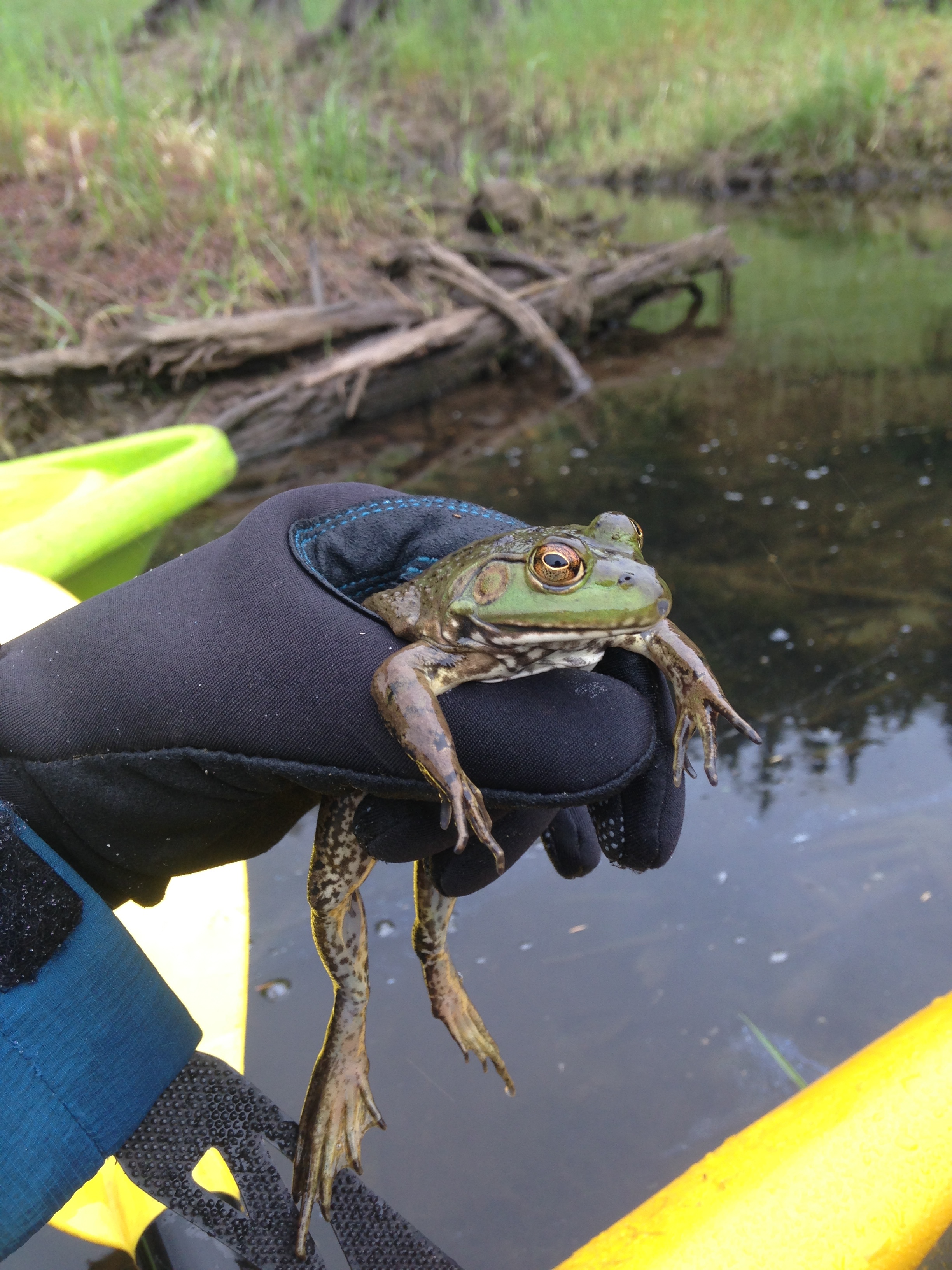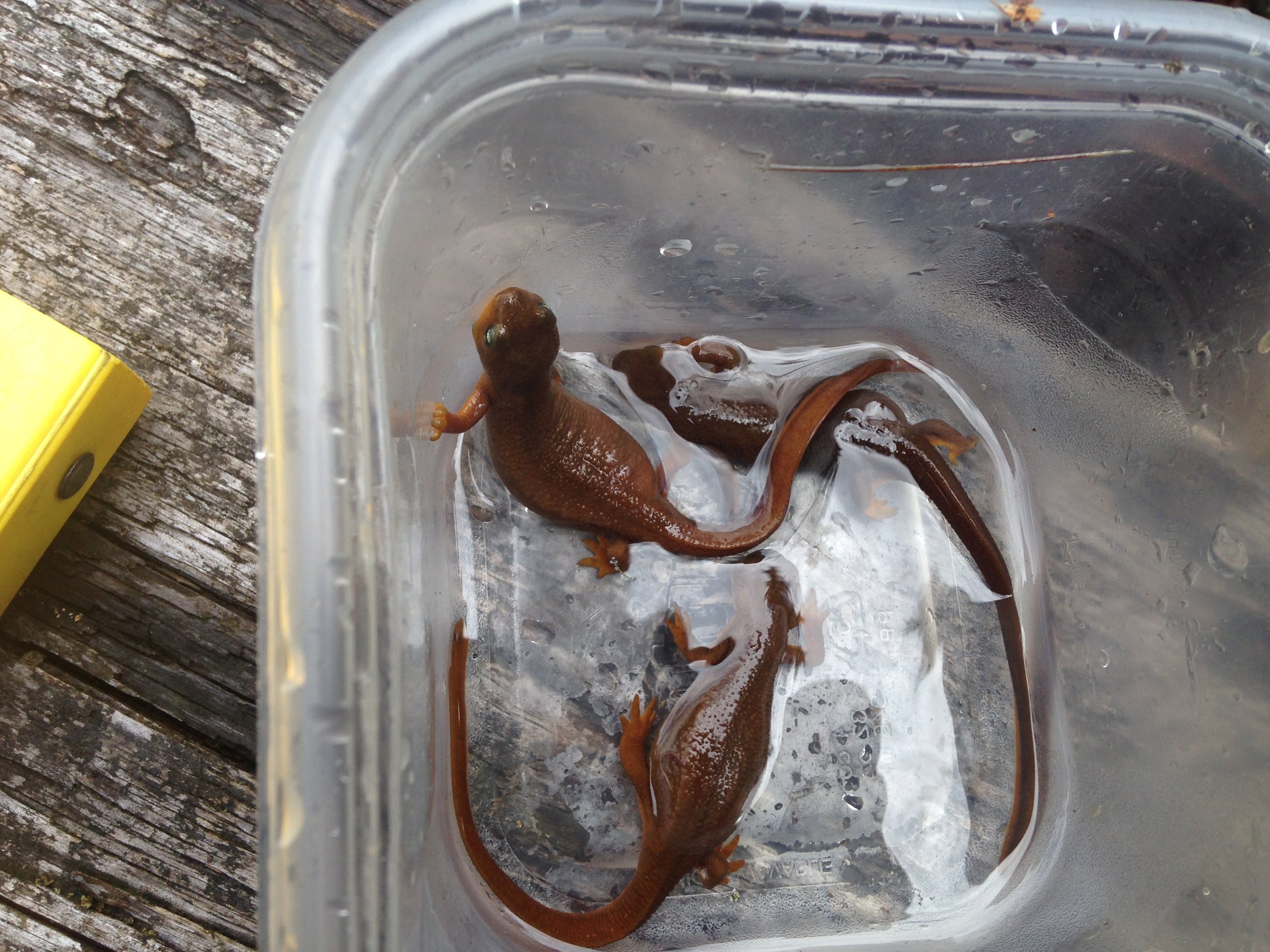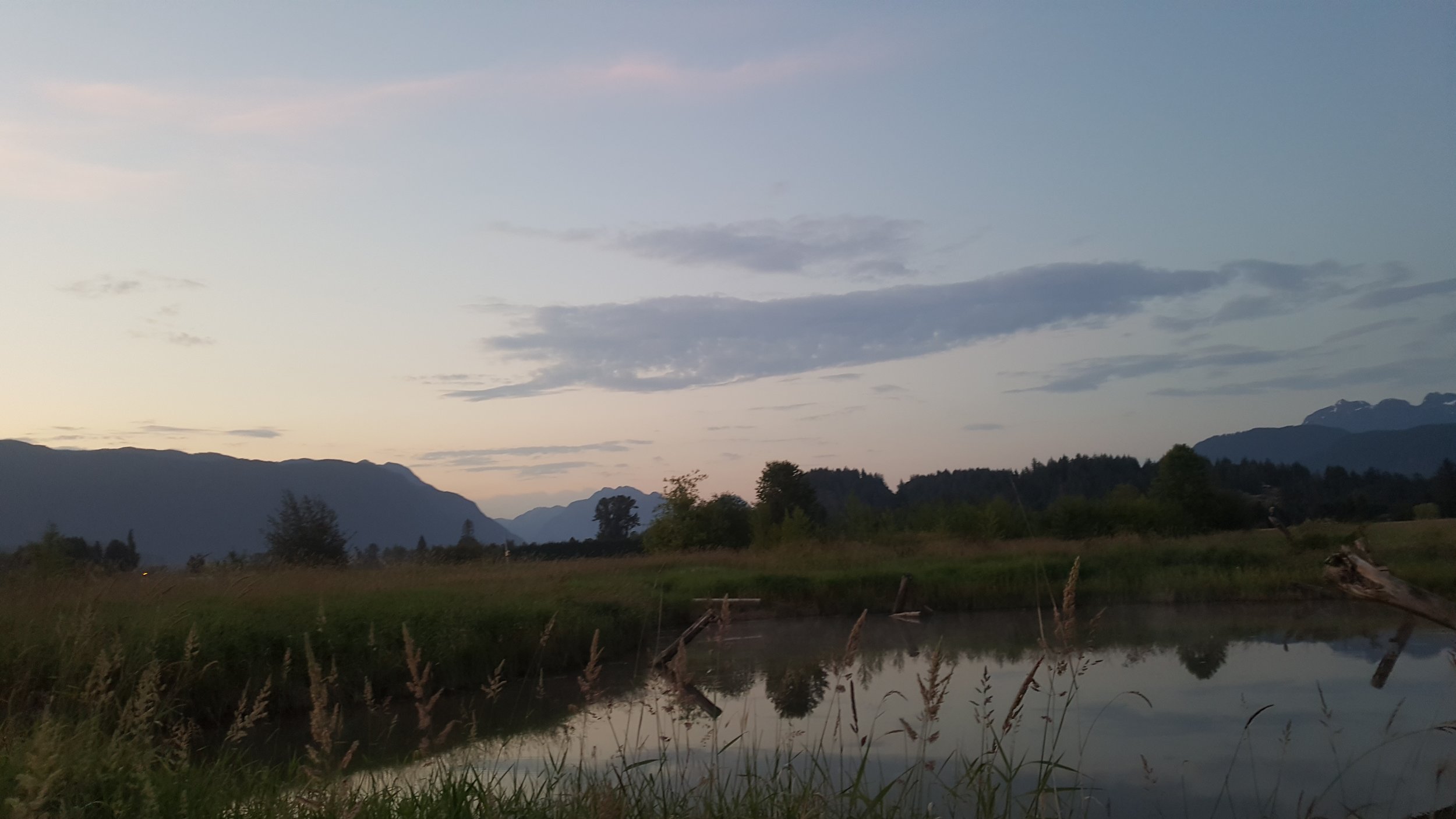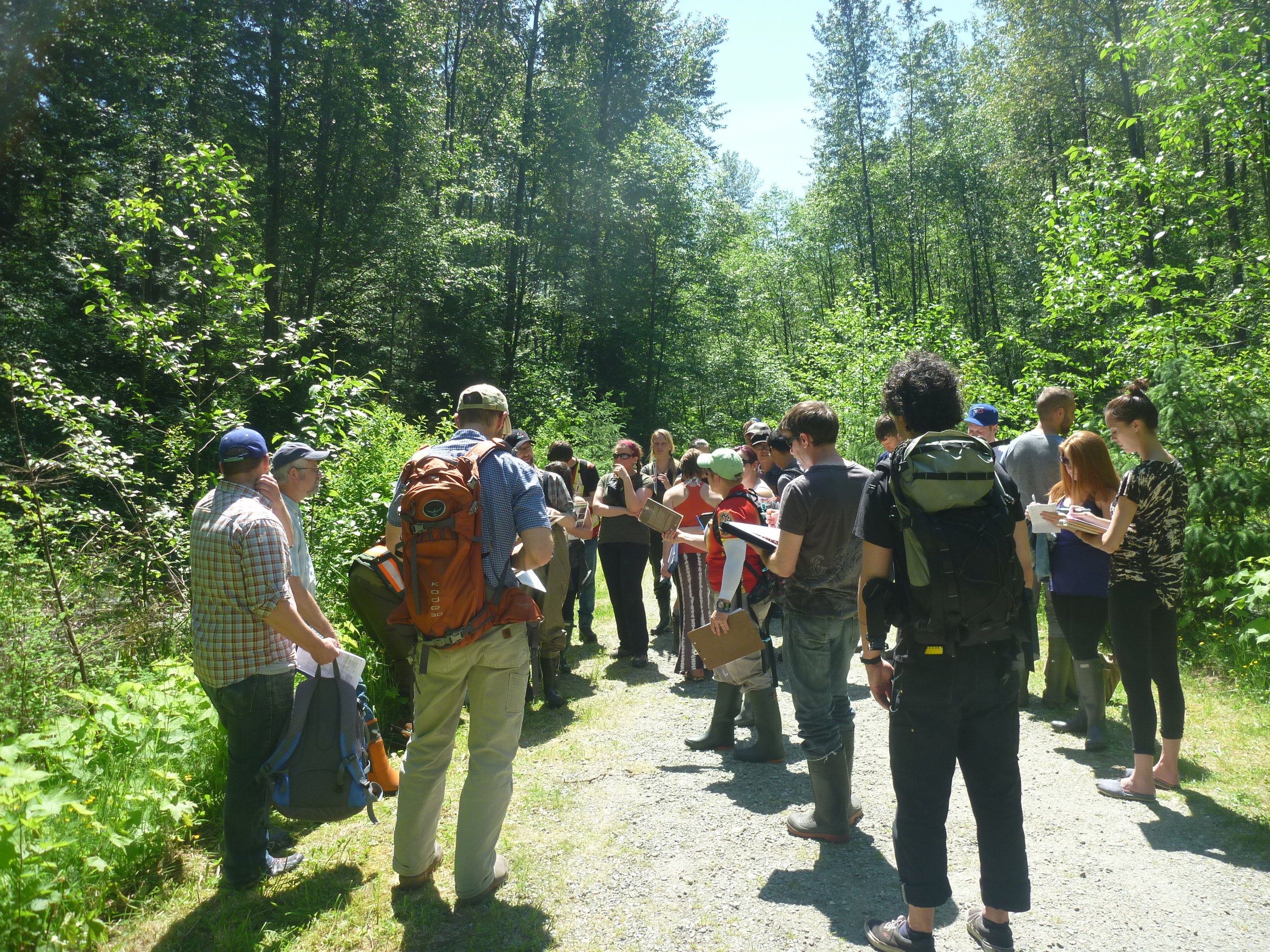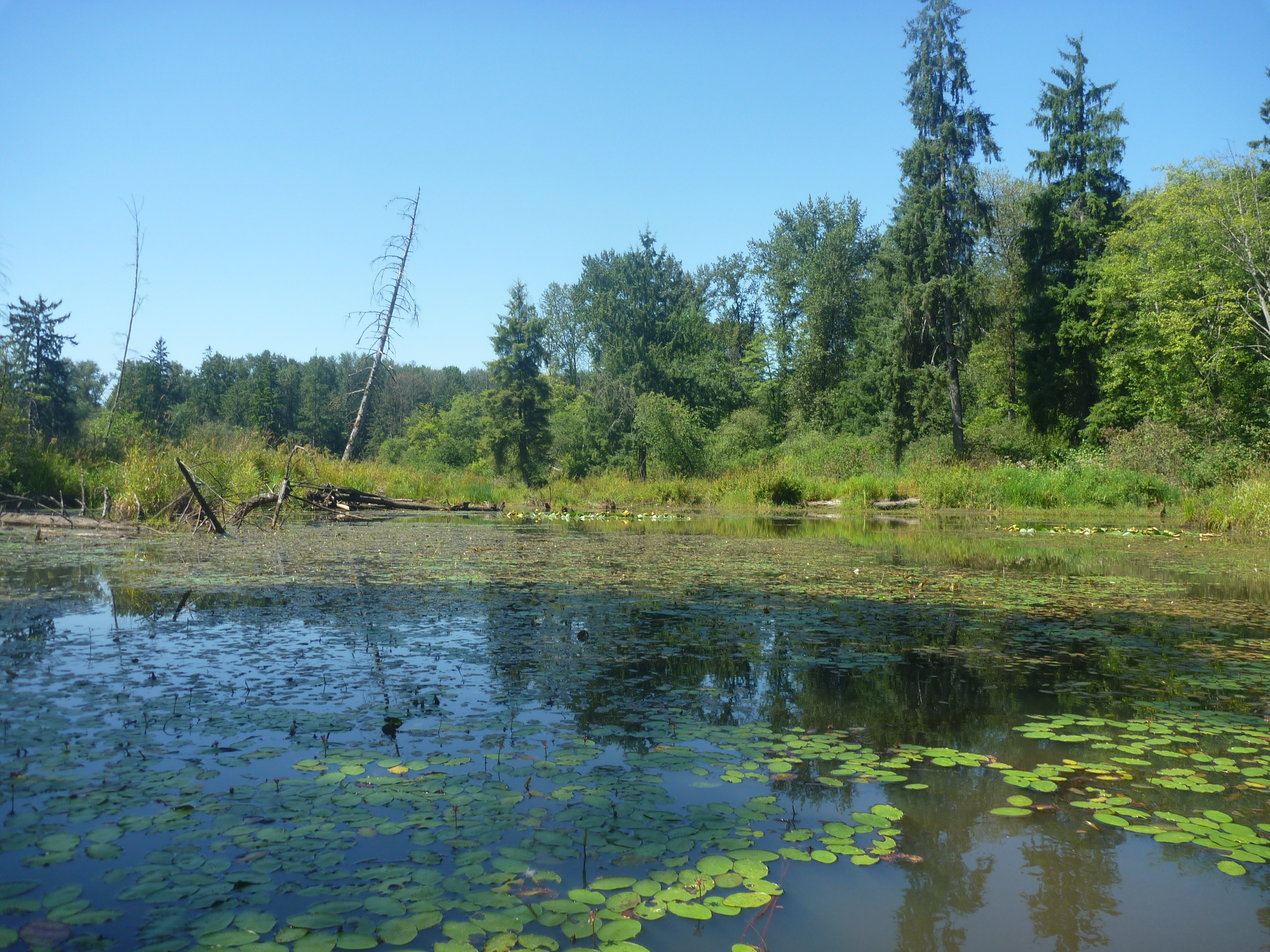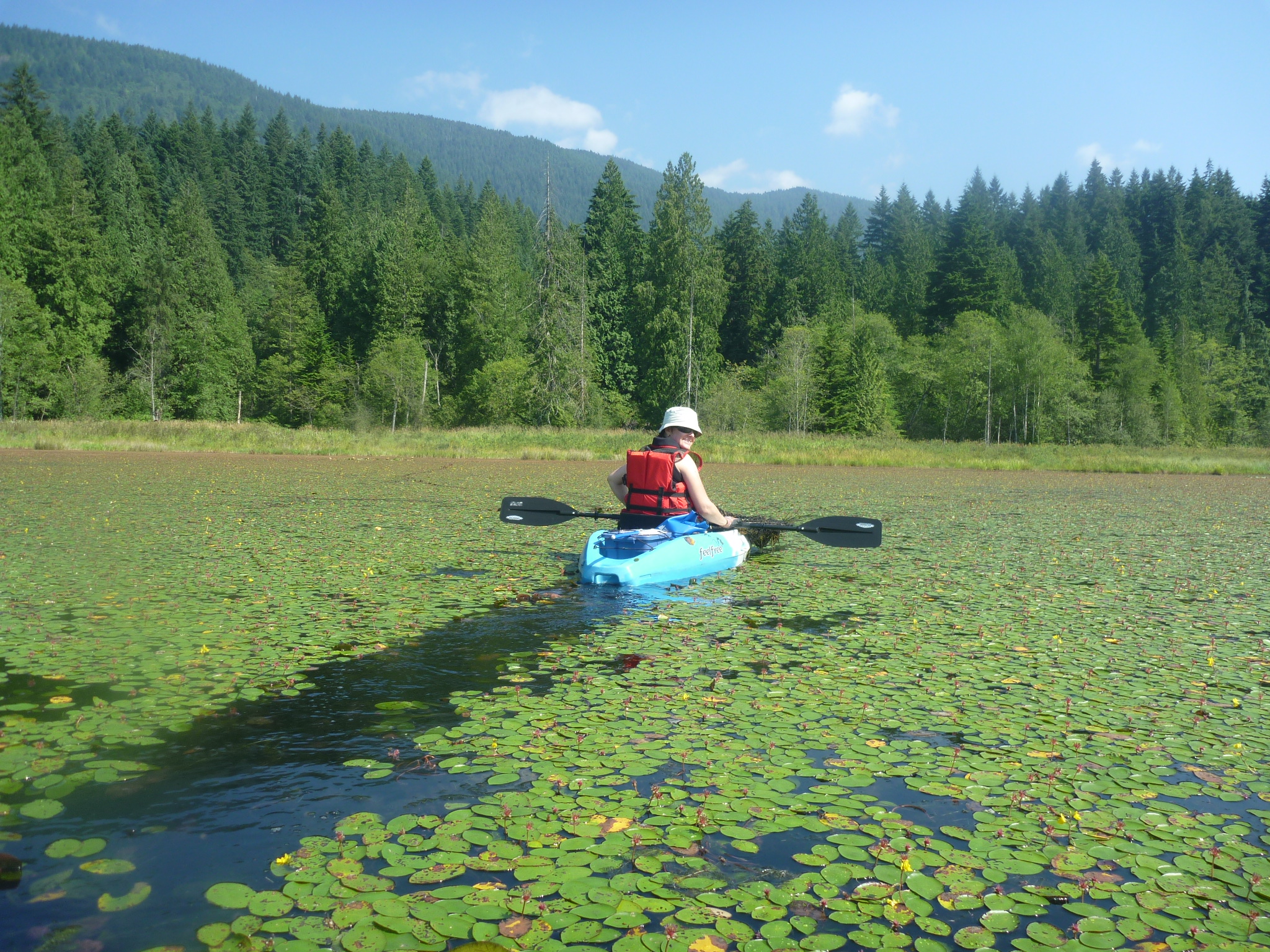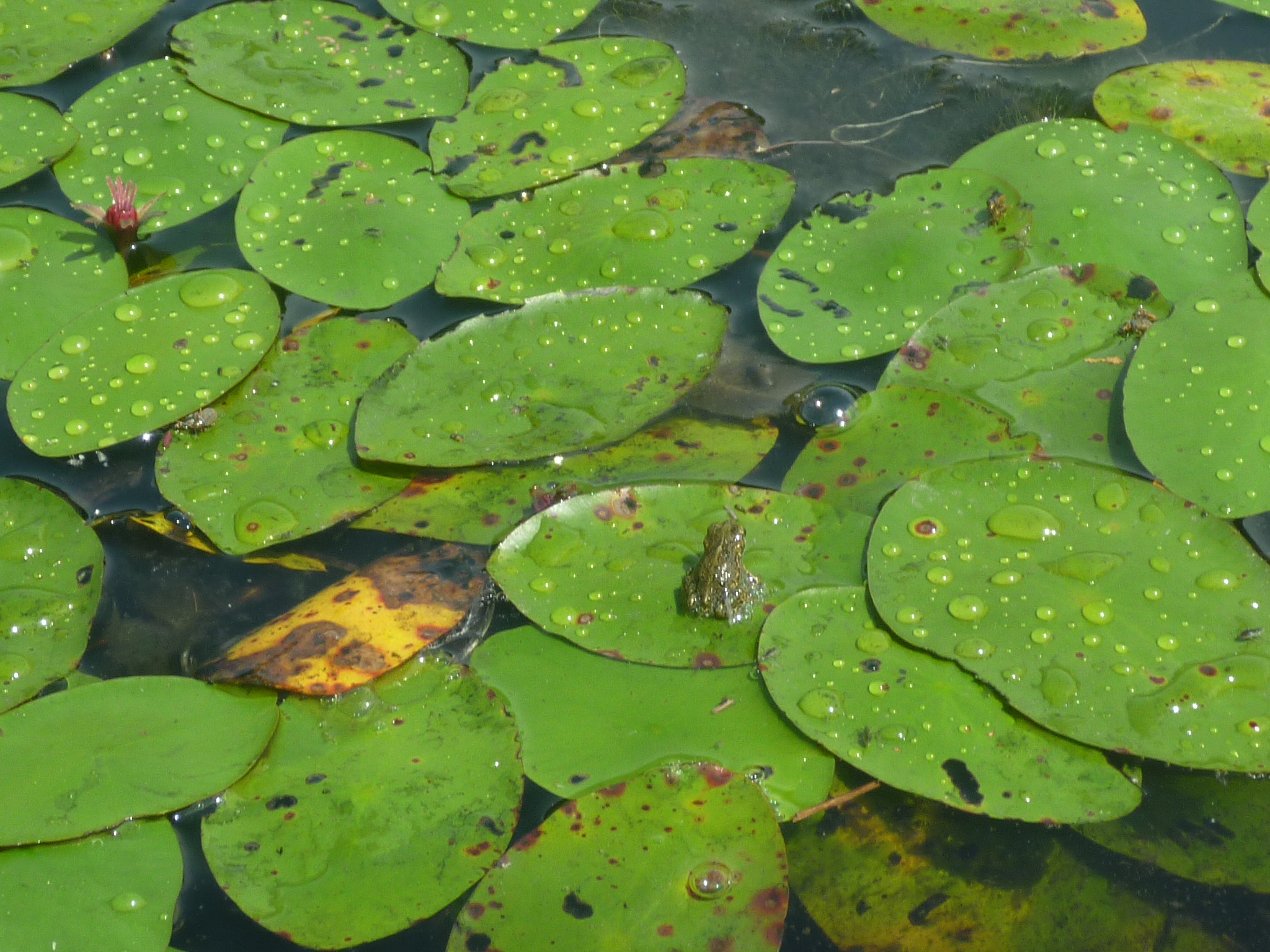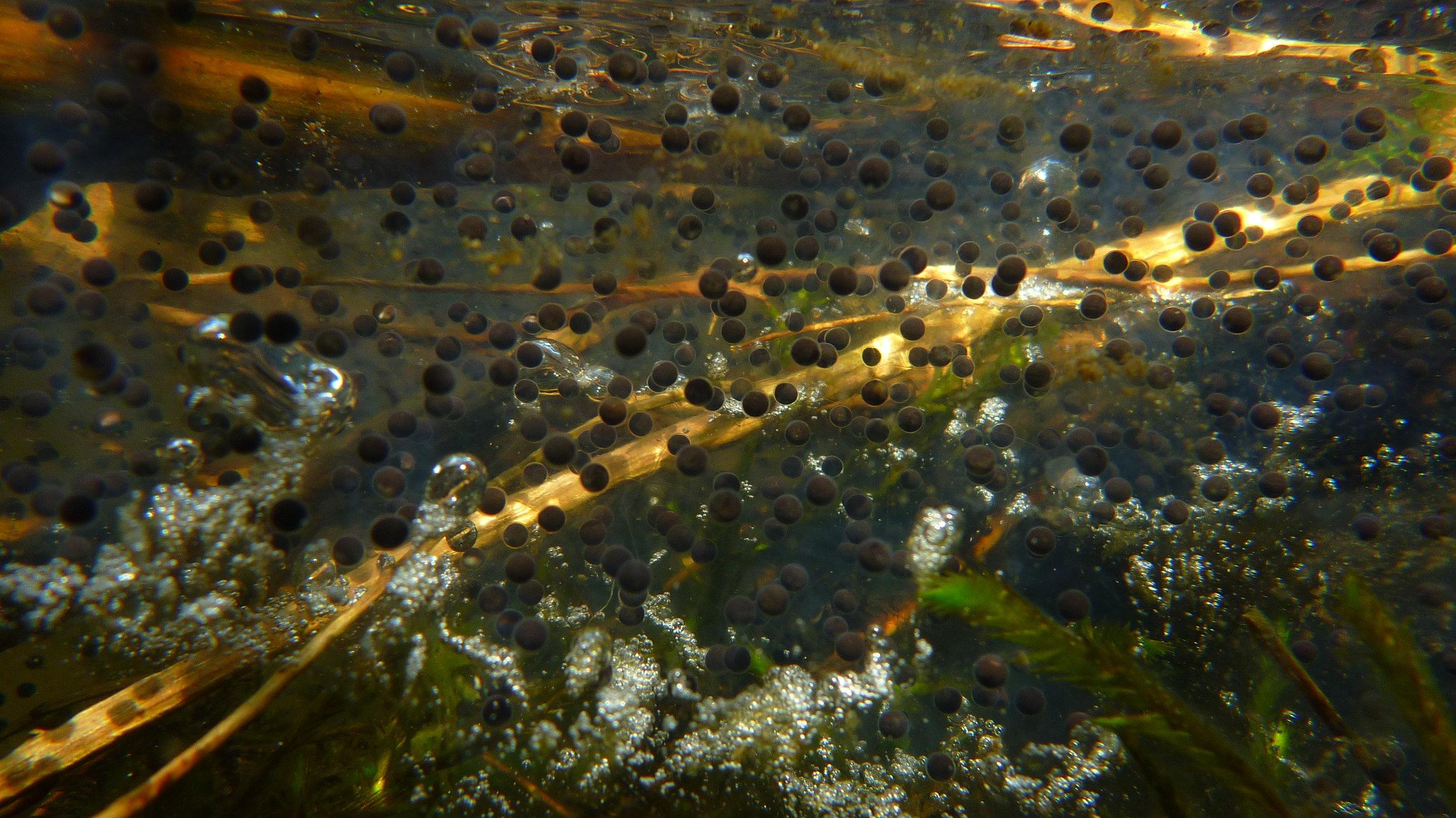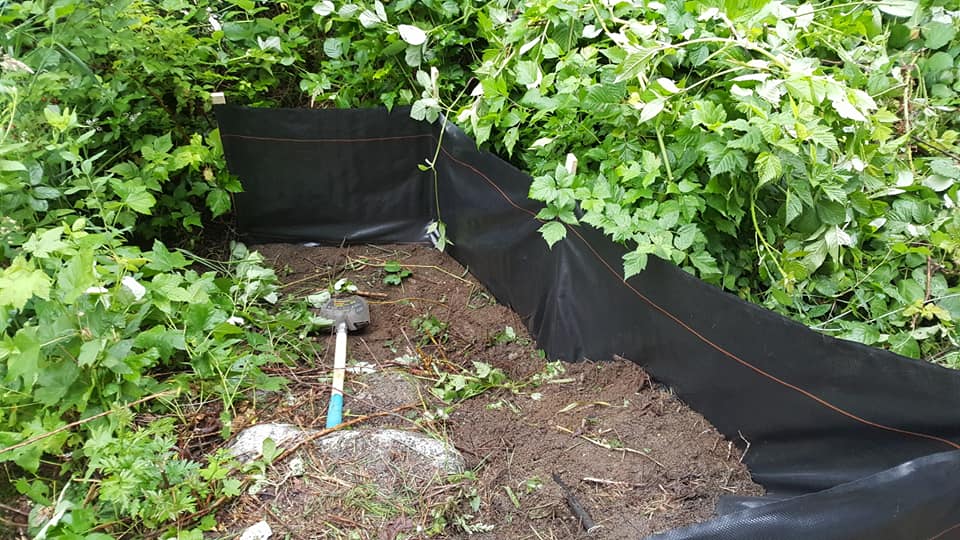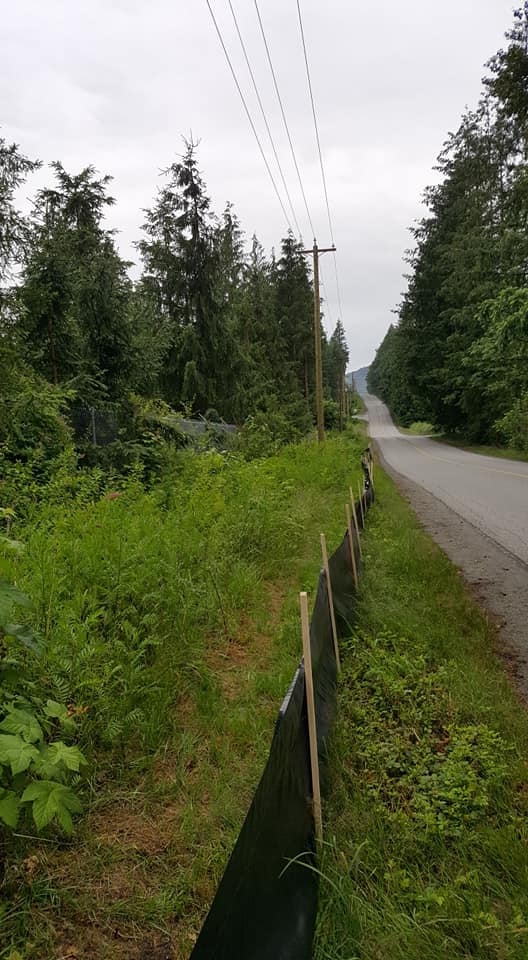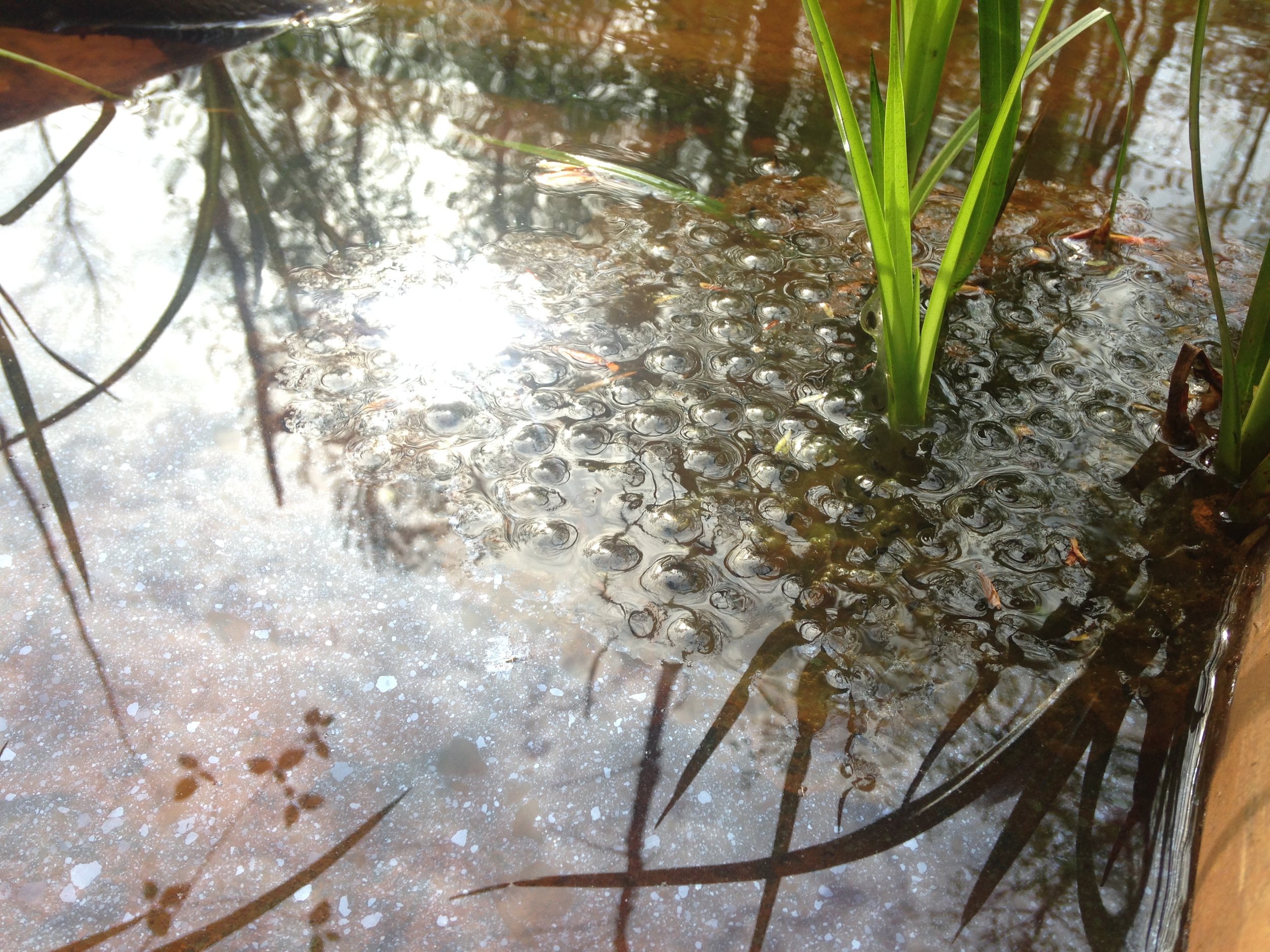WATERSHED-BASED SPECIES AT RISK
Alouette River
In 2011, funding was approved through the Fish and Wildlife Compensation Program for a project that helped identify, conserve and restore populations of priority species at risk (SAR) and their associated habitats within the Alouette River Watershed. The first and second years of this 5-year project began with the identification of at risk species and their habitat. Throughout the watershed, these occurrences were mapped and potential threats/restoration plans were suggested for different areas. In addition, a joint rare and culturally significant plant project was initiated with the Katzie First Nations and the Katzie Development Limited Partnership.
The mapping of these significant habitats led to a large-scale restoration effort of a low-bench riverine site along the Alouette River (Hale Road) in the third and fourth year. Further partnership work continued with the Katzie First Nation and the Katzie Development Limited Partnership as well as the Alouette River Management Society (ARMS), coordinating on SAR survey techniques and knowledge transfer on restoration techniques and adaptive management. Additional SAR were also surveyed, and known populations were monitored.
In the final year of the project, the main focus was on activities to address priorities in the Restoration Actions Plans developed in the second and third years of the project. An additional site, Mudd Creek, also was included as a partnership activity with ARMS. This site provided the opportunity to conduct a pilot bioengineering project that will address the ongoing issue of sedimentation in the creek and its eventual flow into the Alouette River.
Other restoration outcomes accomplished in this final year of the project included continued works at three municipal sites in the watershed; Horsemans, Maple Ridge and Alco Municipal Parks in partnership with the District of Maple Ridge. Removal of invasive vegetation and the planting of native vegetation took place at each of the three locations. A structure for housing barn swallows and bats was also constructed at the Hale Road site and will be monitored by ARMS.
This Project has lead to this model of multi-SAR and multi-year projects being extended to 4 other coastal watersheds; Coquitlam, Clowhom (lead by the Sunshine Coast Wildlife Project), Wahleach (lead by the the South Coast Bat Conservation Society) and Stave, all of which were and are primarily sponsored by the Fish and Wildlife Compensation Program. In addition, the Katzie First Nation and the Katzie Development Limited Partnership continues to lead similar conservation work in the Alouette Watershed.
Hale Road
COQUITLAM RIVER
In 2013, a project focusing on the conservation of SAR and stewardship within the Coquitlam Watershed was intiated. Focused primarily on conservation and restoration, these initiatives worked towards outlining and completing actions that compensated for some negative ecological impacts in the Coquitlam Watershed that resulted from the development of the Coquitlam-Buntzen Hydro Project. Follow up work in this watershed also was lead by the South Coast Conservation Program with Coastal Partner in Conservation Society biologists hired to conduct species field work.
This project set forth with the following goals and objectives in mind:
1. Mapping all species at risk occurrences, including historical and recent, to provide a spatial representation of overlapping occurrences and priorities for future conservation, restoration and stewardship efforts.
2. Mapping priority species habitat to guide future conservation, restoration and stewardship efforts.
3. Identifying specific threats to the priority species and their habitats, protecting occupied sites, and restoring degraded habitat.
4. Preventing further population declines, habitat loss and degradation through increased accessibility to data, as well as public outreach and education designed to enhance awareness and stewardship of the species and its habitat.
Throughout the years, many significant locations have been studied along the Coquitlam Watershed. A large number of these provided foraging and/or nesting habitat for several priority species: Western Painted Turtles (Chrysemys picta bellii), Great Blue Herons (Ardea Herodias fannini) and several amphibian SAR (Red-legged Frogs (Rana aurora), Coastal Tailed Frogs (Ascaphus truei) and Western Toad (Anaxyrus boreas)).
STAVE RIVER
This project began in 2015 and focused on priority species within the Stave River watershed, including Western Toads, Great Blue Herons, Western Screech Owls, Bats, and Western Painted Turtles. By focusing on protecting these priority species, there is also a number of other species who will benefit from our efforts.
Toad Migration Directional Fencing
The Western Toad (Anaxyrus boreas) is the only true toad found in British Columbia (B.C.). It is estimated that populations have declined between 10%-30% within the past decade. There are a number of threats that affect the population. One that we are focusing on is the creation of wildlife corridors, therefore limiting the use of roads during mass migration. During this period, there can be a large amount of road mortalities and a disruption in the metapopulation dynamics.
Our goal is to safely guide the adult and juvenile Western Toads across the road, from their breeding ponds to the forest habitat, where they will spend most of adulthood. We set up fencing, slides, and road detours to help them reach their final destination, as safely as possible. We still operate this program, the Western Toad Migration Project, annually for both adult and juvenile toads at one of the few known, significant populations that remain in the Fraser Valley.
Red-legged Frog and Western Toad Habitat Mapping and Surveys
To assess the distribution and relative abundance of two amphibian species at risk; Northern Red-legged Frog (Rana aurora) and Western Toad (Anaxyrus boreas), and to evaluate overall amphibian diversity in the Stave Watershed, we surveyed potential suitable habitat spots on both public and private land. The primary inventory technique involved egg mass surveys, which were conducted at different time periods to coincide with each species' breeding habits. The number of egg masses observed is considered to be the number of breeding females in the population.
Red-legged Frog egg mass.
Funnel traps were used to catch aquatically breeding adult and larval amphibians, targeting Red-legged Frog and Western Toad. Several other species are often captured with this method allowing for a better understanding of the overall native and non-native amphibian diversity and abundance at each site, which may be reflective of suitability for the target species. Any incidental encounters while traveling to and from sites was recorded.
Western Screech-Owl Surveys and Nesting Habitat Enhancement
Nocturnal call playback surveys following RISC standards were used to identify areas used by the Western Screech-owl – Coastal subspecies (Megascops kennicotti kennicotti). This involved establishing owl survey stations, located every 250-500m along transects in suitable riparian habitat that was identified during daytime habitat assessments for multiple species at risk and through reviewing satellite imagery and orthophotography.
Surveys took place from one half hour before sunset to one half hour after midnight using the male territorial “bouncing-ball” call for a total survey time of 17 minutes per station. Surveys were conducted in 2015 at 231 call playback stations that were established throughout the watershed along 85 km of survey transects (195 road stations, 36 forest stations). Additionally, 55 stations were surveyed in spring 2016 that were newly established for a total of 407 surveys completed.
In years 2 and 3 of the project, nest boxes were placed in suitable owl habitats and continue to be monitored in partnership with the Coastal Western Screech-Owl Working Group and Fraser Valley Conservancy.
Great Blue Heron Surveys
The Great Blue Heron coastal subspecies fannini are provincially Blue-Listed and in 2003 were federally designated as Special Concern (COSEWIC 2003). Population trends for Great Blue Herons suggest breeding population numbers are declining and threats to heron populations are prominent which will most likely lead to the up-listing of this species to Threatened federally in the near future. In particular, quality mature nesting habitat (i.e. large, mature trees relatively close to foraging sites) are limited, and foraging habitats continue to decline.
A total of five sites were monitored along the Stave River in this first year of the project. Our surveys were conducted during the beginning, middle, and end of the heron breeding/nesting season. However, initial survey efforts were conducted during spring and summer, with foraging areas being visited at least once for two to six days during this period. Attempts were made to do many of these visits during spring since nests are easier to observe before trees leaf out, and a clear indication of nest building can be detected when herons are observed with nest building material.
Bat Monitoring Program
The main goals of this program are to find and protect maternity roosts and hibernacula, encourage bat stewardship, and monitor populations. The species of concern include the Townsend’s Big-eared Bat (Corynorhinus townsendii)and the Little Brown Myotis (Myotis lucifugus). The biggest threat to these species are habitat and food loss, as well as White-nose Syndrome. Surveys are conducted to monitor roosts, and acoustic recorders are used to confirm the presence/absence of the different species in a given location. The project works in close partnership with the BC Bat Team, BC Community Bat Program and the South Coast Bat Conservation Society.
If you are interested to help out during any these projects, be sure to check out our Volunteer Opportunities page in the future for information on the Western Toad Migration Project and links to the BC Community Bat Program Bat Colony Counts that take place annually in June and then again in July and August.

